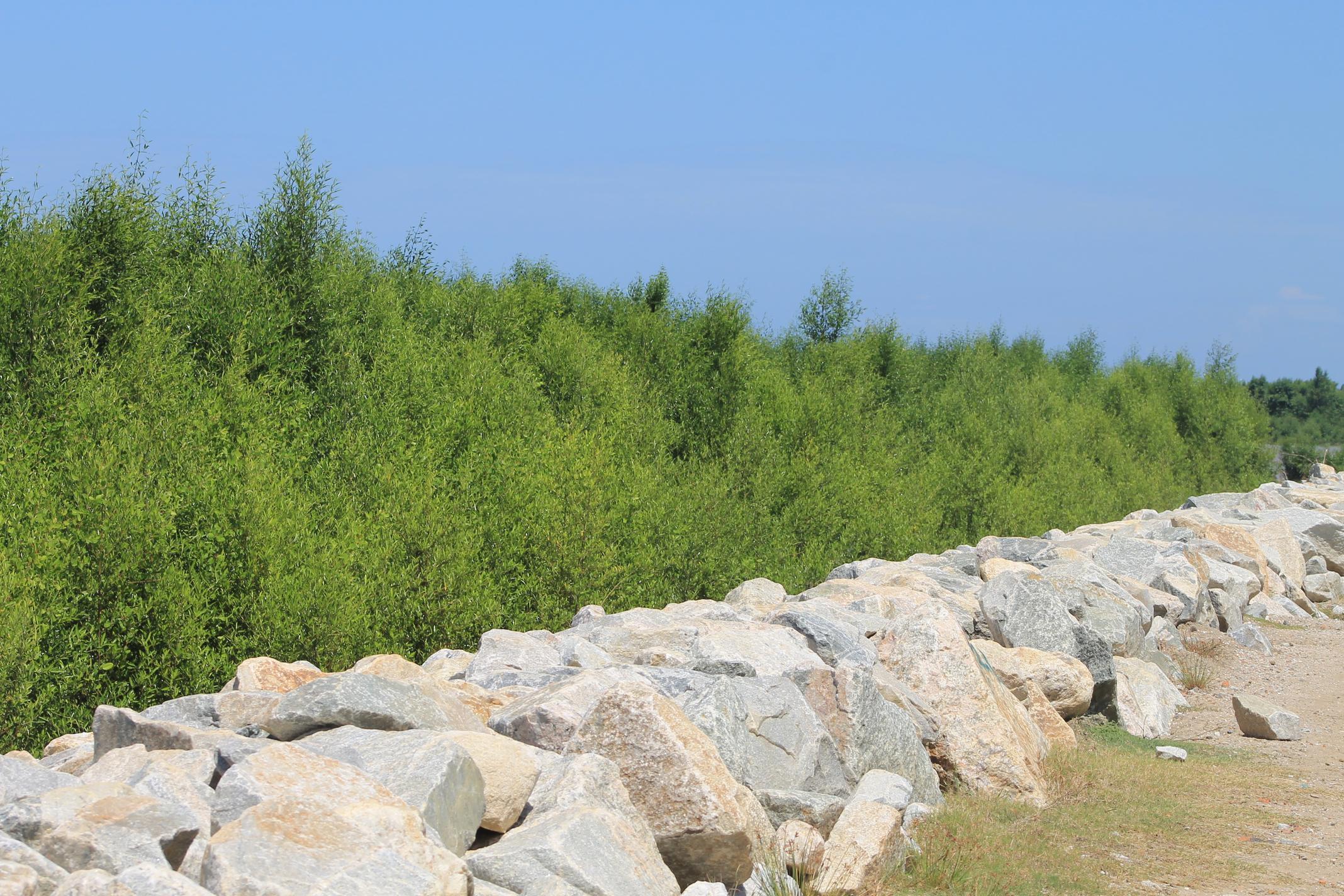94T
US DOLLARS
An estimated US$ 94 trillion will be spent on infrastructure globally in the next 20 years.
Storm protection in the Philippines
The Philippines is one of the most vulnerable nations in the world to the effects of climate breakdown. Tropical storms are happening more frequently and with greater intensity, leading to devastating storm surges along the country’s coasts — such as Typhoon Haiyan, which killed more than 6,000 people in 2013.
Conservation International is working to minimize the damage of future storms by constructing green-gray projects, especially in the country’s most isolated and vulnerable regions. Four pilot project sites in Iloilo province combine mangrove restoration with breakwaters to improve the resilience of coastal communities. We are working with the government to implement these kinds of approaches across the country.
